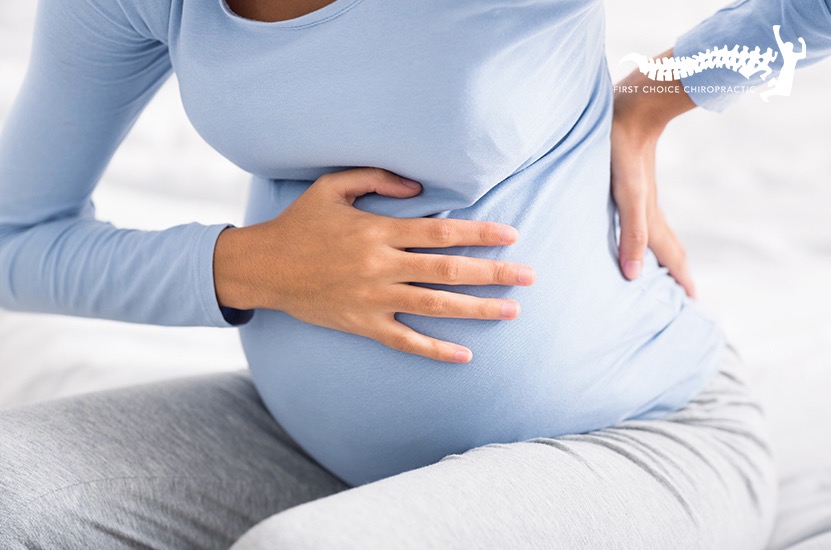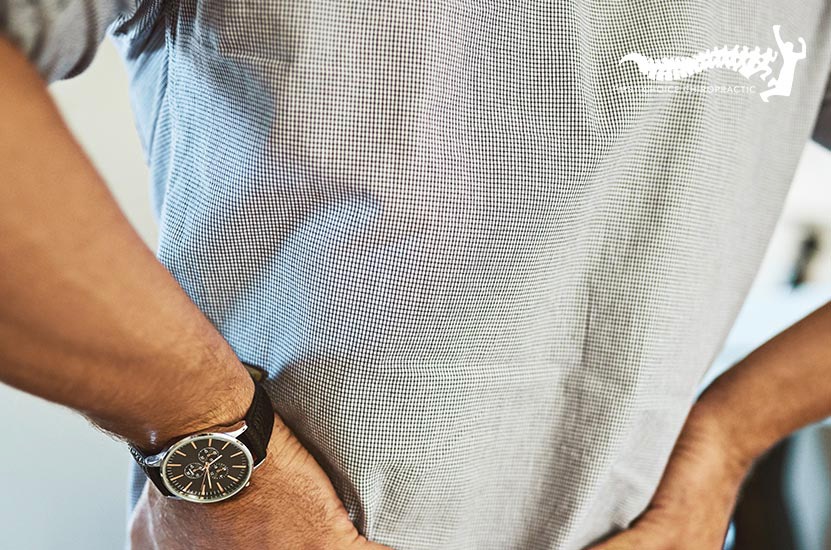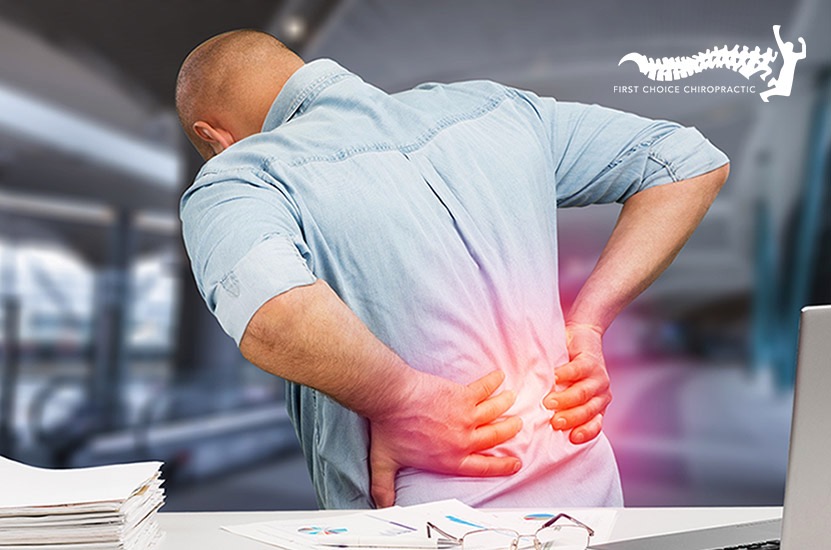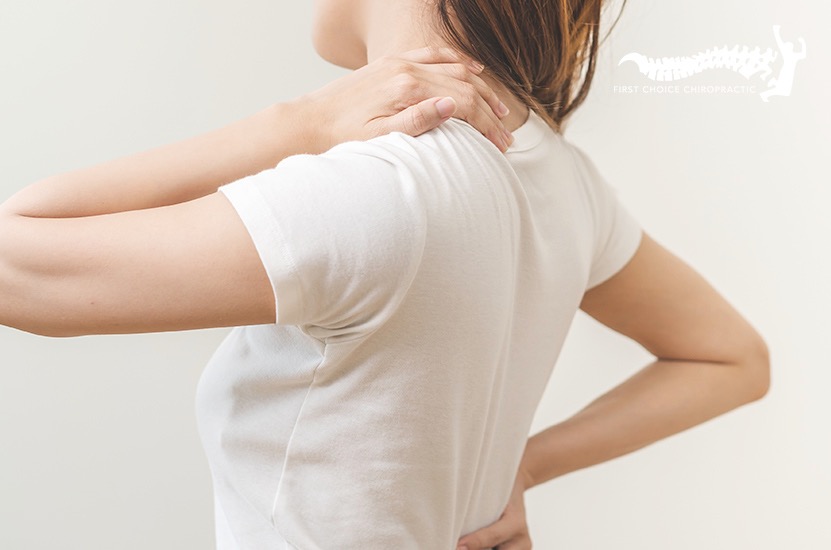Pregnancy is an exciting journey, but it often comes with its fair share of aches and pains—especially in the lower back. As your body changes to accommodate your growing baby, extra weight, hormonal shifts and posture adjustments can lead to pregnancy-related back pain. The good news? There are plenty of ways to find relief!
Whether you’re dealing with mild discomfort or persistent aches, these 10 strategies may help ease your back pain and keep you feeling more comfortable throughout your pregnancy.
1. Maintain Good Posture

As your baby bump grows, your centre of gravity shifts forward, which can put extra strain on your lower back. Many pregnant women naturally lean backward to compensate, but this can lead to muscle tension and misalignment.
To maintain good posture:
- Stand tall with your shoulders relaxed.
- Keep your back straight and avoid slouching.
- Distribute weight evenly between both feet.
- When sitting, use a supportive chair and place a cushion behind your lower back.
Good posture may reduce stress on your spine and help prevent worsening back pain.
2. Wear Supportive Footwear
High heels might be fashionable, but they’re not your best friend during pregnancy. Instead, opt for flat, supportive shoes that help maintain proper spinal alignment.
- Choose shoes with good arch support to reduce strain on your lower back.
- Avoid completely flat shoes with no cushioning, as they may increase discomfort.
- Consider wearing orthotic inserts if you have existing foot issues.
Proper footwear may make a significant difference in reducing back pain caused by poor posture and excess strain.
3. Use A Pregnancy Pillow For Sleep Support

Sleeping comfortably with a growing belly may be challenging and poor sleep posture often contributes to pregnancy-related back pain.
- Use a pregnancy pillow to support your belly and relieve pressure on your spine.
- Sleep on your side (preferably the left side) with a pillow between your knees.
- A small pillow under your lower back can provide extra support.
This setup helps keep your spine neutral, reducing strain while you rest.
4. Stay Active With Prenatal Exercises
Regular movement is key to reducing back pain and keeping your muscles strong. Gentle pregnancy-friendly exercises may improve flexibility, relieve tension and promote better posture.
Some of the best exercises for pregnancy-related back pain include:
- Pelvic tilts (gently rocking your pelvis while lying down).
- Prenatal yoga or Pilates for core strength and flexibility.
- Swimming to relieve pressure on joints and support your back.
- Walking to keep your body moving without excessive strain.
Always check with your chiropractor or healthcare provider before starting any new exercise routine.
5. Try Chiropractic Care

A chiropractor who specialises in prenatal care may help align your spine and pelvis, reducing tension and discomfort.
Chiropractic adjustments may:
- Improve posture and spinal alignment.
- Reduce nerve pressure and muscle tension.
- Help your body adapt to pregnancy changes more comfortably.
Many women find regular chiropractic treatments effective for managing pregnancy-related back pain.
6. Use Hot And Cold Therapy
Simple heat and cold treatments may provide immediate relief for aching muscles.
- Apply a warm compress or heat pack to your lower back for 15-20 minutes to relax tense muscles.
- Use a cold pack wrapped in a cloth for 10-15 minutes to reduce inflammation.
Alternate between heat and cold therapy for the best results, but avoid placing heat directly on your belly.
7. Strengthen Your Core And Pelvic Floor
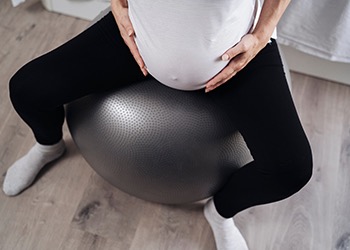
A strong core supports your spine and reduces back strain. During pregnancy, focusing on gentle core and pelvic floor exercises may help prevent pain.
- Kegel exercises strengthen pelvic muscles, improving posture and stability.
- Deep belly breathing engages the core and reduces pressure on the lower back.
- Modified planks (on knees) may help maintain core strength safely.
These exercises also prepare your body for labour and postpartum recovery.
8. Lift Objects Carefully
Lifting even small objects incorrectly can worsen pregnancy-related back pain. Always use the right technique:
- Bend at your knees, not at your waist.
- Keep the object close to your body.
- Use your legs to lift, not your back.
- Avoid sudden twisting movements.
If possible, ask for help instead of lifting heavy items.
9. Consider Prenatal Massage

A qualified prenatal massage therapist may help in reducing back tension and improving circulation.
Benefits of prenatal massage include:
- Loosening tight muscles.
- Reducing stress and anxiety.
- Enhancing blood flow to relieve discomfort.
A gentle massage focusing on the lower back and hips may help ease pregnancy-related back pain without adding strain.
10. Wear A Pregnancy Support Belt
Maternity support belts or belly bands may relieve pressure on the lower back by supporting the weight of your baby bump.
- These belts help distribute weight more evenly, reducing spinal stress.
- They provide extra stability, especially if you’re on your feet for long periods.
- Some styles even offer adjustable compression for extra comfort.
A good-quality pregnancy belt may be a lifesaver during later trimesters when back pain becomes more noticeable.
Chiropractic Care For Pregnancy-Related Back Pain
Pregnancy-related back pain is common, but you don’t have to suffer through it. By practising good posture, staying active and seeking professional support, you can help keep discomfort at bay and enjoy a healthier, more comfortable pregnancy.
If back pain becomes severe or persistent, speak to the team at Brisbane’s First Choice Chiropractic. We’re available to answer any chiropractic questions you might have and to discuss personalised Chiropractic treatment options.
